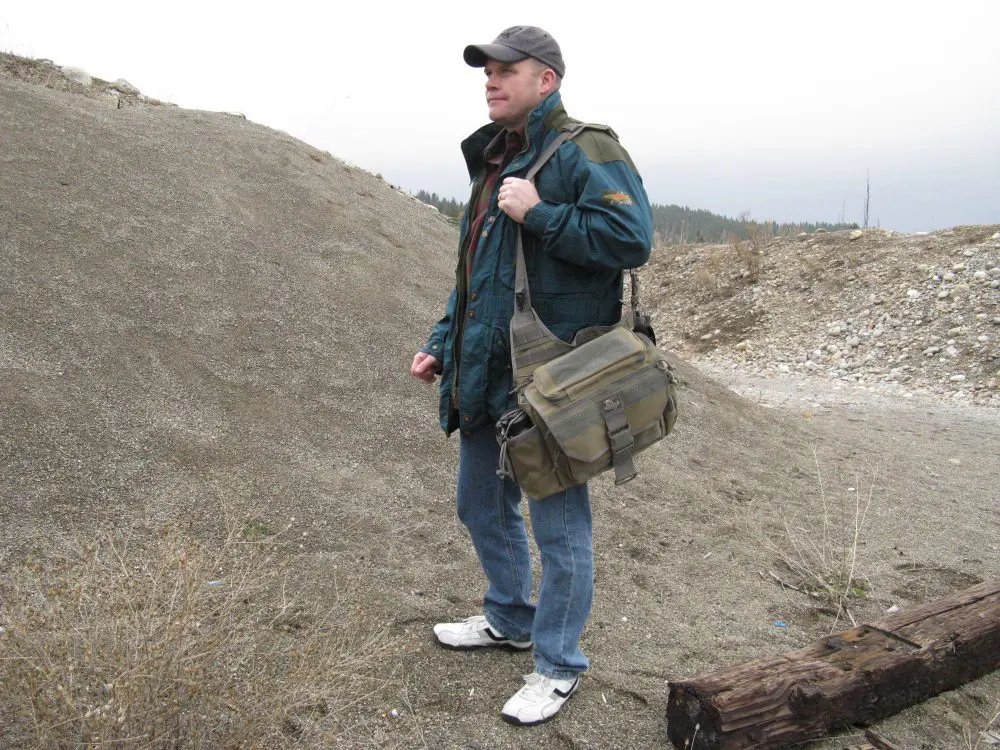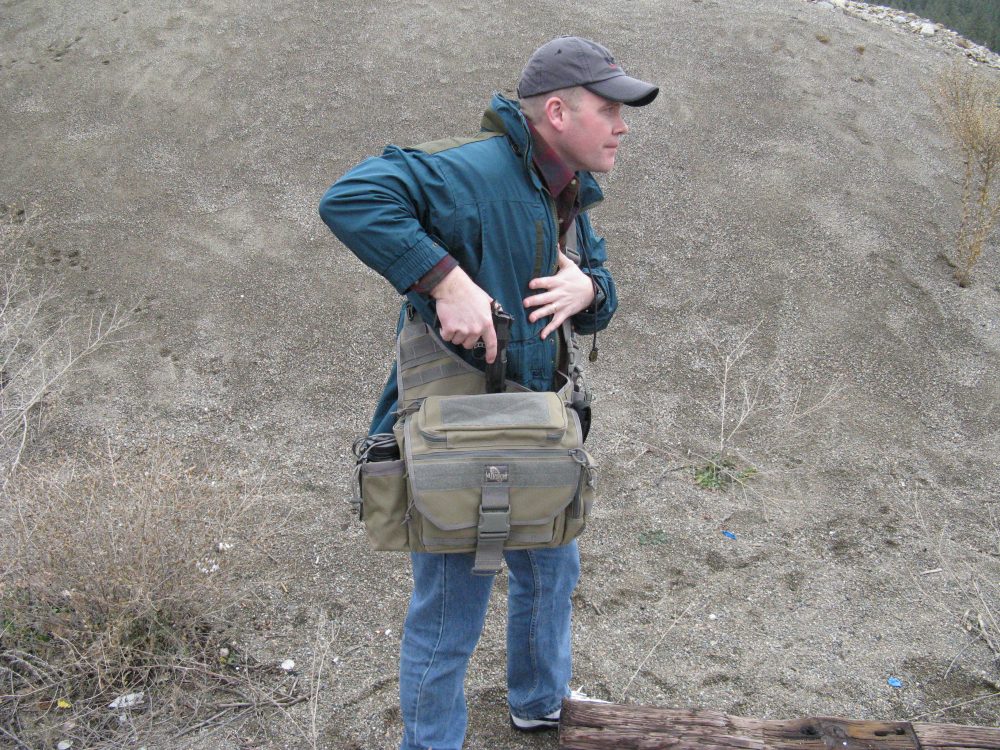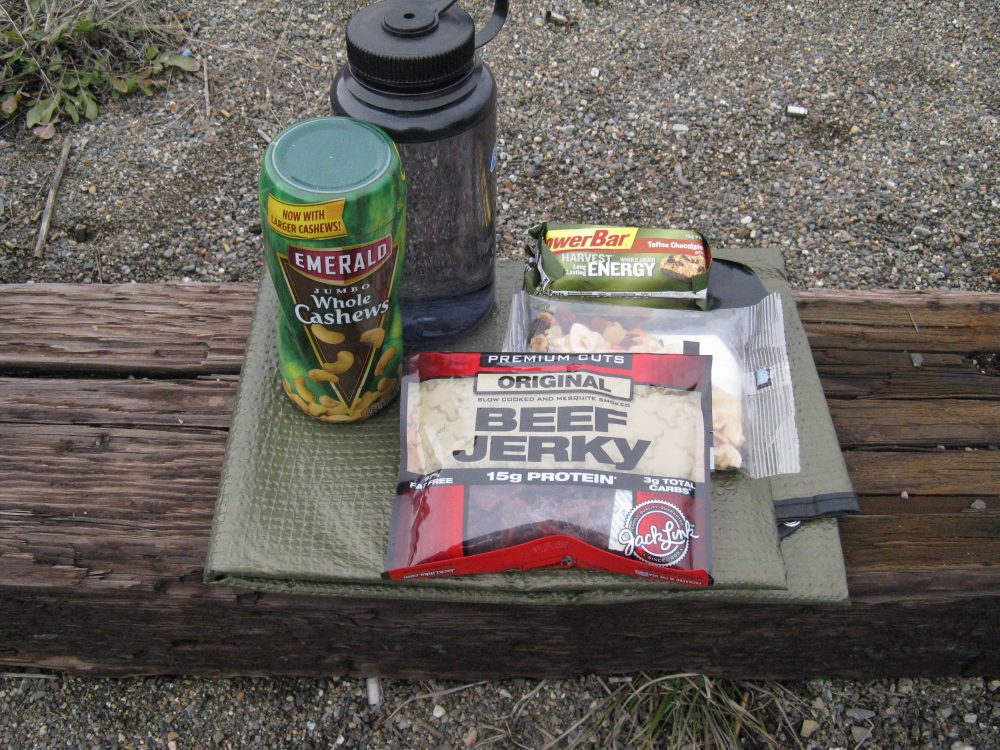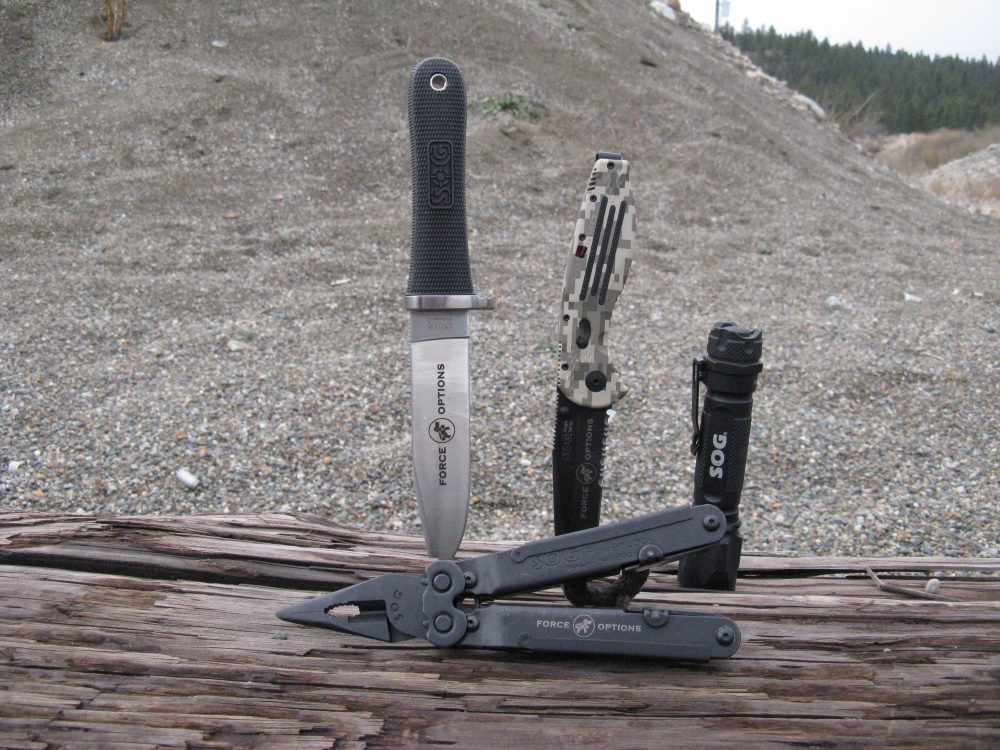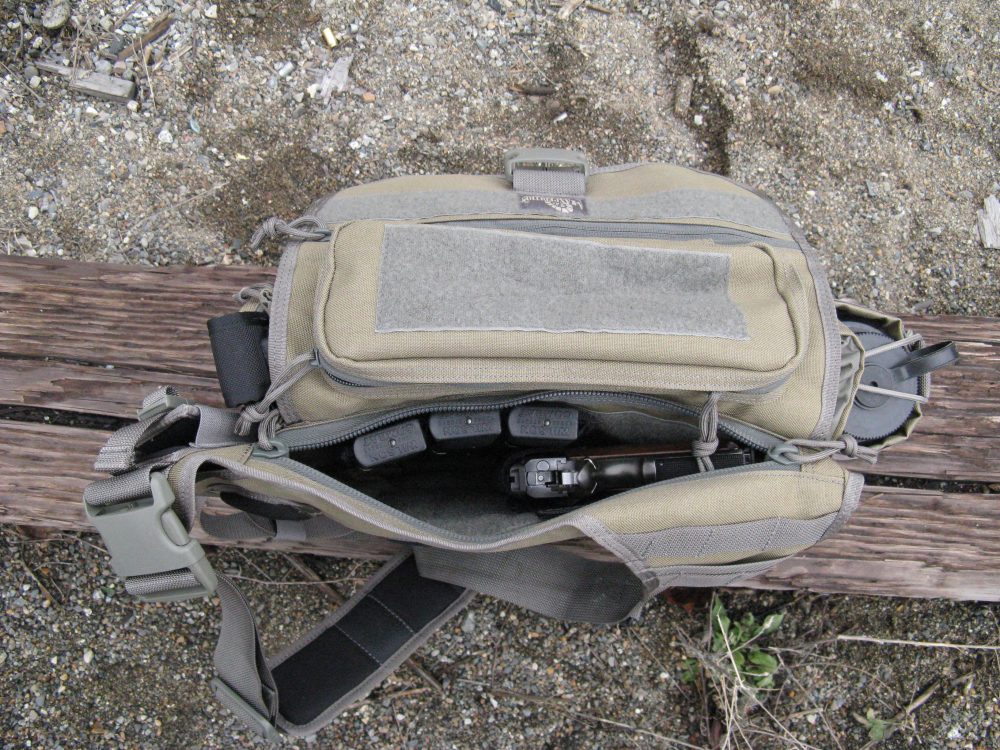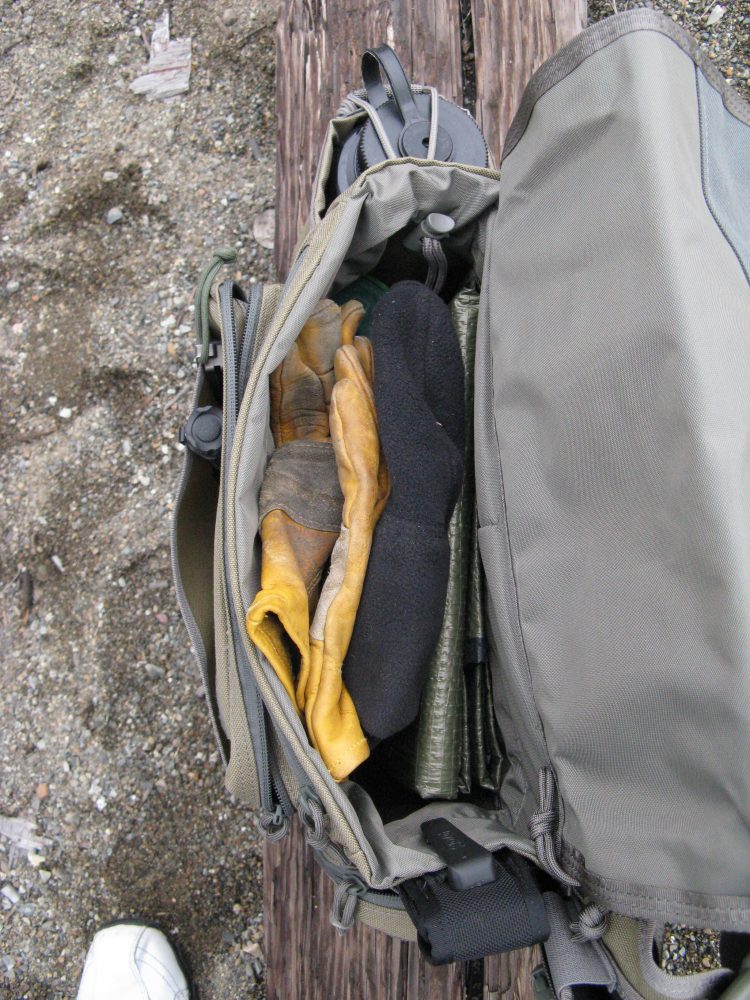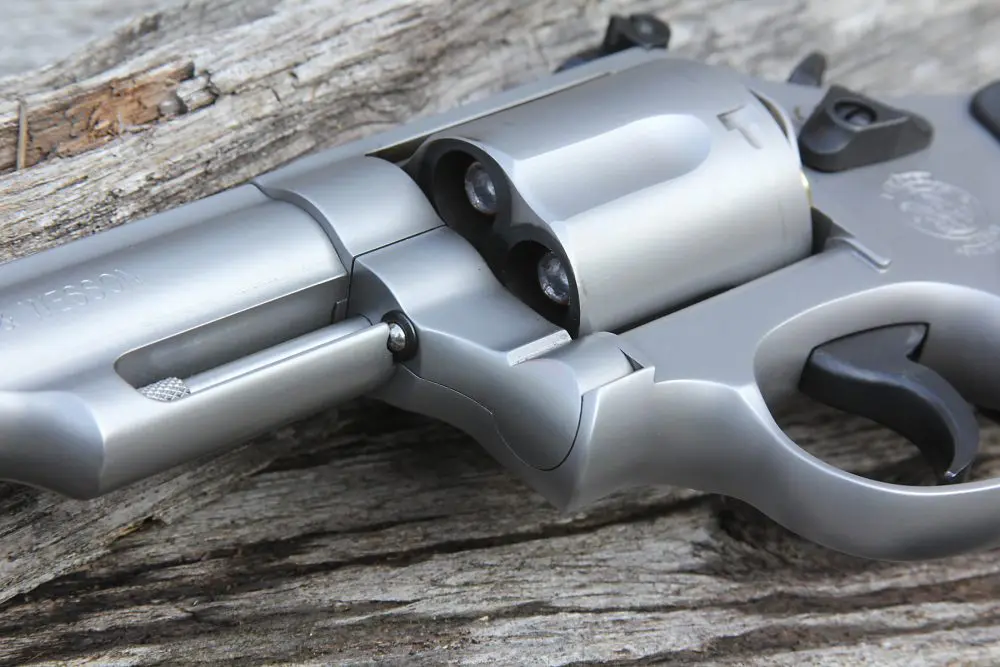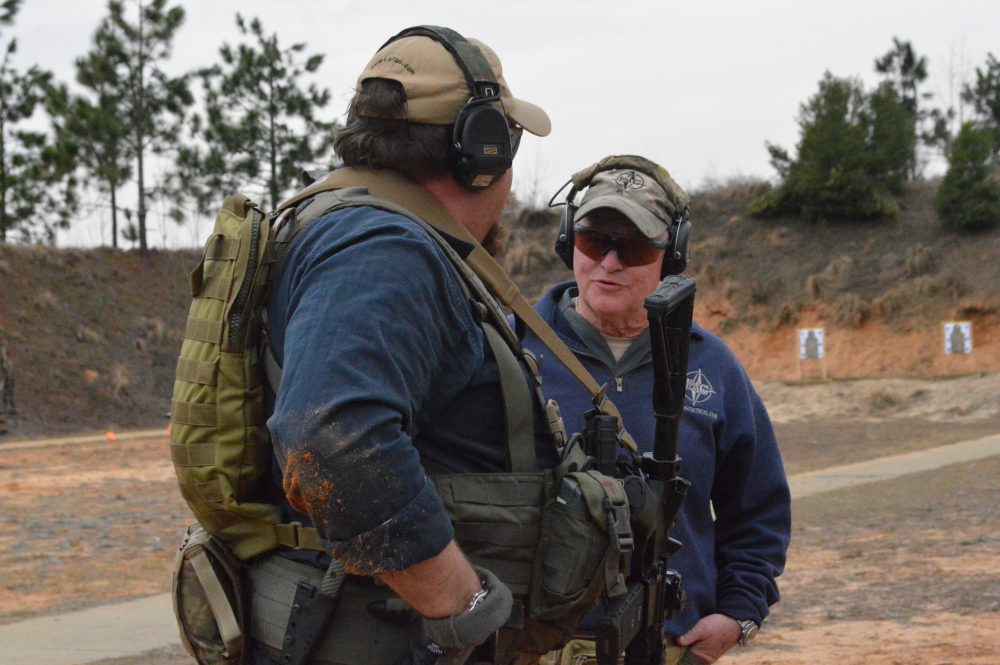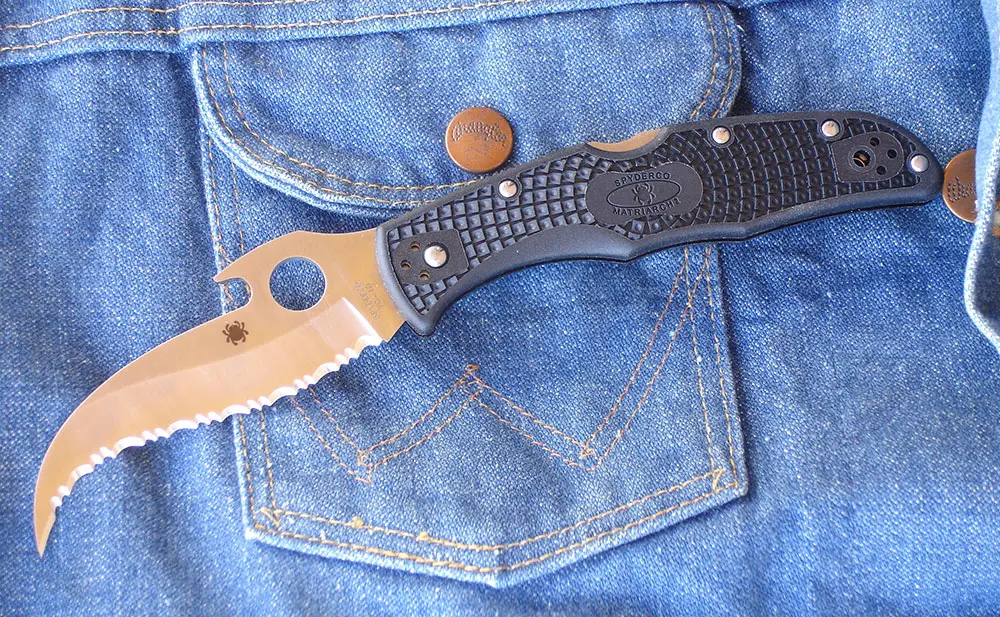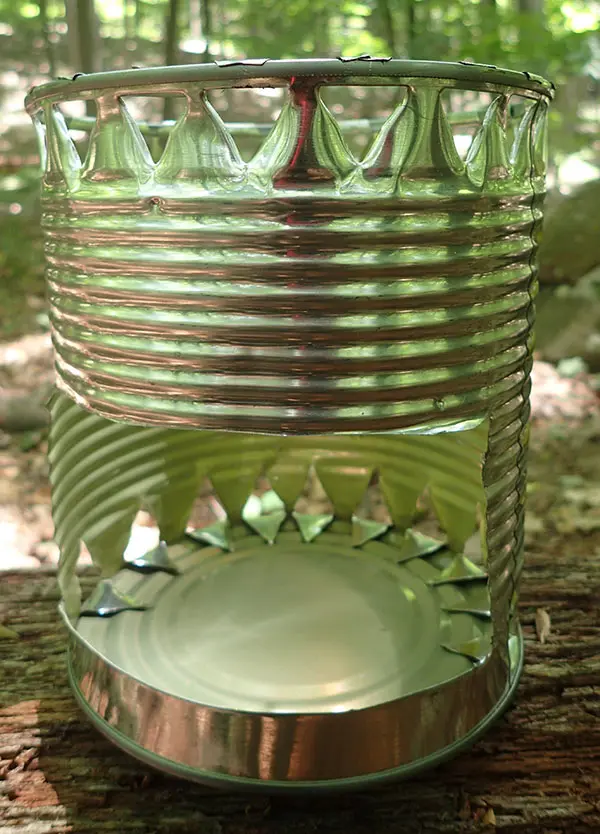I started storing food, fuel and water in 1981.
When I transferred into Fairbanks, Alaska from the “bush,” one of my first stops was the grocery store. I was amazed to find the shelves were bare. There was a trucker strike, and no goods were being delivered. It was a real eye-opener.
Lots of folks these days are concerned about “It.” “It” ranges from power outages to snowstorms to economic collapse, and serious people keep a wary eye on the Euro-zone.
To the “that can’t happen in America” crowd, one word: Katrina. New Orleans went from a mid-sized American city to a Third World country in 12 hours.
A lot of guys quickly focus on the cool stuff—what guns and ammo do I buy, and where can I get a Randall Confederate Bowie? I picture myself doing a Rambo off a cliff, into a fir tree, and then suturing my arm with a kit from my hollow-handled knife. There are three problems with that: I’m afraid of heights, don’t own such a knife, and can’t suture.
Zombies may be coming, but maybe we should start with something simpler and more likely—a disruption that impacts us immediately but does not signal the collapse of western civilization. Long-term preparation is a good idea, but what most of us really need is something to get us through the first day.
Ready to move: base layer, wool shirt, rain shell, hat, and gear bag.
Table of Contents
EARTHQUAKE SCENARIO
My brother lives near Seattle, 11.5 miles from work. He leaves early, hits Starbucks, gets on a freeway, and arrives at the job a few minutes later. On a good day, 15 minutes from door to door. He does, though, live in earthquake land.
During the short trip to work, he crosses two bridges, goes under one overpass, and travels about a mile on an elevated section of the interstate. For the sake of this discussion, let’s say a 7.8 quake hits at about 0800, two hours after he gets to work. His normal route to work will be impassable, so if he wants to get home, it’ll be on foot.
I went through a number of quakes in Alaska. Little ones are kind of interesting—the room shakes, the lights sway, and some small stuff falls off shelves. Most Alaskans shrug them off and continue with what they were doing. The Big One in 1964 put the entire state in a world of hurt for a year.
We’ve all seen what a Big One can do—Northridge and San Francisco in California and the big ones in Indonesia and Japan. Bridges collapse, streets crumble, fissures open in the ground. Power can be lost for days, natural gas is disrupted, water lines break. Anyone who didn’t prepare heads for the local store and buys whatever chow and bottled water are on the shelves. Roads are immediately clogged with cars that can’t go anywhere. Even if you are well-prepared at home, how do you get there?
Most of the people I work with have a bug-out bag. The size and contents are dictated by how far and through what they may have to travel. I ship such a kit to wherever I’m teaching. In many cases, a simple shoulder bag and change of clothes in the trunk can equip you for the walk home. Which bag and what’s in it can be critical. Here are a few of my top picks and thoughts based on my experience.
Rob Boothe draws his Colt Commander from rear pocket of Maxpedition Mongo Versipack.
TOP PICKS: CLOTHING
First, the clothes. What you put on needs to be loose, comfortable, inconspicuous and well broken in. A pair of quality tennis shoes is fine, as long as you don’t have to wade through piles of rubble—ripping your ankle open on exposed rebar or concrete will ruin your day. If you’ve ever had to walk miles in wet boots and socks, you know how much fun that is, so a quality pair of boots is a good bet, along with good, thick boot socks … and an extra pair of socks won’t hurt.
I’ve been wearing a pair of Magnum waterproof leather boots for the past two years. You heard me: waterproof and leather. They’re treated with Fairy Dust (ion-mask™) that makes and keeps them waterproof. They are light, have solid traction soles, and come up over the ankle, so they give firm ankle support and protection when walking through bad stuff. Get a pair of leather work gloves from the hardware or box store to protect your hands while scrambling over rubble.
I wear an underlayer from BlackHawk all the time. This wicks moisture away and keeps you warm or cool, depending on the air temperature. It’s much better than cotton. When wet, cotton saps body heat at an incredible rate. Quality underlayer garments are available from lots of sources, including local ski/outdoor stores.
Depending on the climate you live in, a light raincoat might be a good idea. Steer clear of camouflage; any subdued green or brown jacket will draw less attention. Consider packing lightweight rain pants to cover your jeans.
Despite years of effort, science hasn’t found a better fiber than wool. Wool can get wet and still provide heat and stop heat loss. Fleece is popular and cheaper, but isn’t quite as good (it’s better than nothing, though). Get a wool or wool-blend shirt—they’re available at any outdoor store. I also keep wool watch caps, rather than fleece, for the same reason. Sixty percent of body heat is lost from the head, so a hat of some kind is essential. Stuff all this gear into a small duffel bag and leave it in the trunk of your car.
Food, water, and shelter for a day
WATER
You can live a lifetime without a gun, weeks without food, but only a couple of days without water. How much water depends on climate and exertion—if you’re humping, you’ll need more. For the walk I’m laying out, figure a minimum of one liter.
America has clean drinking water available everywhere by turning a faucet, yet we pay more per gallon for designer bottled water than we pay for gas. Buy a high-quality Nalgene bottle from any online or local sporting goods store, fill it, and put it in the side pocket of the bag. Take it out every couple of months, dump it on the lawn, refill and re-stow it, and you’ll be in good shape. Don’t plan on stopping at the local convenience store when It happens—the bottles are flimsy and may not even be available.
KNIFE, MULTI-TOOL AND LIGHT
Some sort of knife and multi-tool should be included. I doubt you’ll have to engage in hand-to-hand combat on this trip, so a small fixed blade or decent folder will do. Most of us carry knives all the time for small chores, and the chores might multiply on the way home. I frequently use SOG and Gerber Knives—they are affordable, good quality, and both have good customer support. I carry a SOG Aegis daily and have been really happy with it. A knife is considered the One Tool that we will all need when TSHTF.
A flashlight should be next, and possibly a headlamp. I carry a small SureFire E2 light in my briefcase everywhere I go (TSA once asked why, and I said I’m scared of the dark). We don’t know when It will hit, so being able to navigate in the dark is essential. Base models of high-intensity lights start at around $65, and a quality headlamp isn’t much more. The headlamp allows you to navigate and crawl over/under/around obstacles while using both hands. Don’t scrimp on a quality light. One with an LED head is less fragile than an incandescent bulb.
A guy in decent shape can walk four miles per hour over solid terrain or trails, so on a good day, our example scenario of 11.5 miles is a three-hour stroll. It ain’t a good day. Stress, rubble, blockages, other people and weather will make it at least twice as long.
A fixed blade or folder, multi-tool and light should always be in your bag.
FOOD
I get hungry on a six-hour hike, so a little chow would help. My bag has a can of cashews, a bag of jerky and some Power Bars. The bars provide carbs, the jerky protein and the cashews fat and protein. I’ve found that an hourly handful of nuts and a piece of jerky, followed by a swallow of water, can keep me going for hours. I keep the cashews sealed so they don’t turn rancid, and rotate the can every six months. Jerky lasts forever. I also have a small bag of dried fruit.
FIRST-AID KIT
You’ll need a small first-aid kit. It doesn’t have to be a trauma kit with QuikClot and tourniquets. Band-Aids, Moleskin, tweezers, Neosporin, aspirin, and any prescription meds you take are the only essential items. I throw in a small roll of duct tape to put on my heels to avoid blisters (every prepared person should have rolls of duct tape).
Two more things go in the bag: a large garbage bag and a space blanket. A plan is just a list of things that isn’t gonna happen. I plan six hours, and it might take longer. The garbage bag makes a ground sheet to sit or lie on, and the space blanket keeps you warm when you stop. Find a tree to crawl under and get some rest when you need to.
I once hunted Dall sheep with a maniac—no tent or sleeping bags. We walked until tired, then sat against a rock, a lit candle in our laps, wrapped in a space blanket. It’s not comfortable, but you can doze and get some rest when you need it. I wish I’d gotten a sheep for all that trouble…
Maxpedition Mongo Versipack holds Colt 1911 and three mags in its rear pouch.
FIREPOWER
The last item. This depends mostly on where you live and work, local laws, rules, etc.
I carry a loaded pistol in my bag. Both of the bags listed below have a rear pocket that will fit a full-sized Colt 1911 or Glock, with a holster and mag pouch that attaches to a Velcro lining. I think we all should buy and get training with a defensive handgun and always carry it.
Large-scale social unrest is unlikely in the scenario I am discussing here, but there may be a meatball or a pit bull that didn’t get the memo and might need to be convinced to find other prey.
Food, blanket, hat and work gloves fit in the main section; knife and light in the front; and water and multi-tool on the ends.
THE BAG
All this gear can fit easily into a shoulder bag. I use both the Maxpedition Jumbo Versipack and Mongo Versipack. My Maxpedition computer bag had nine years and a million miles on it before the zippers and Velcro failed, so I really like and trust their gear.
The Mongo is big enough that I can stuff my rain shell into it along with the other stuff. If a small rucksack is more to your taste, Maxpedition makes several, as do most other makers of quality outdoor gear.
I shopped at a recent gun show and bought everything listed except the gun, light and first-aid kit for about $100. I had the gun and light, and the first-aid items were in the cupboard. Yard sales and flea markets are also good sources if you’re short on cash, and any stout bag or small ruck will work to carry this gear.
We should all start getting prepared for It. Take a rational look at what might happen and prepare accordingly. Your preparations will be determined by where and how you live, what you think is likely to happen, whom you have to care for, and your resources.
The important thing is to start getting prepared yesterday.
SOURCES:
BlackHawk! Products Group
Dept. S.W.A.T.
6160 Commander Pkwy
Norfolk, VA 23502
(757) 436-3101
www.blackhawk.com
Gerber Gear
Dept. S.W.A.T.
14200 SW 72nd Avenue
Portland, OR 97224
(800) 950-6161
www.gerbergear.com
Magnum USA
Dept. S.W.A.T.
4801 Stoddard Road
Modesto, CA 95356
(800) 521-1698
www.magnumboots.com
Maxpedition
Dept. S.W.A.T.
P.O. Box 5008
Palos Verde Peninsula, CA 90274
(310) 515-5950
www.maxpedition.com
SOG Specialty Knives & Tools, Inc.
Dept. S.W.A.T.
6521 212th Street Southwest
Lynnwood, WA 98036
(888) 405-6433
www.sogknives.com
SureFire, LLC
Dept. S.W.A.T.
18300 Mount Baldy Circle
Fountain Valley, CA 92708
(800) 828-8809
www.surefire.com
